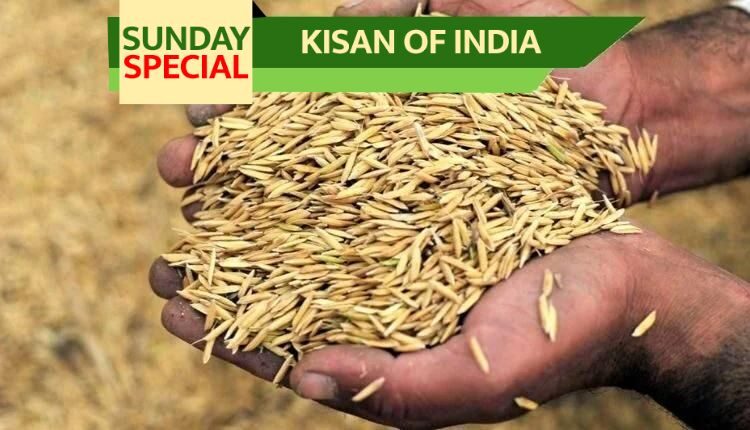‘Rice bran oil’ is very beneficial, if production increases
Among the varieties of edible oils, 'rice bran oil' is a relatively new option
Edible oils not only enhance the taste of food but also play an important role in maintaining good health. Consumption of edible oils affects lipid profile and metabolic syndrome. This improves the immunity of the body and also curbs the tendency of inflammation. That is why the right selection of edible oils is very important. Among the varieties of edible oils, ‘Paddy Bran Oil’ i.e. ‘Rice Bran Oil’ is relatively the newest option. Health experts also like it very much and instruct people who are more health conscious to use it.
India currently consumes about 2.5 million tonnes of edible oils annually. Out of this, our domestic production is only about 8 million tonnes. The remaining two-thirds of consumption is met by imports. Due to the increasing population of the country and change in food habits, the annual demand for edible oils is increasing at the rate of 7-8 percent. The import of edible oils is estimated to reach 140 lakh tonnes this year. The share of ‘oil’ in comparison to conventional edible oils in the country is only about 14%.
The consumption of ‘rice bran oil’ in cooking may be very less in the country, but it is also used in confectionery products such as bread, snacks, cookies and biscuits, besides animal feed, organic manure, medicinal uses and wax making. It is widely used in the manufacture of soaps, cosmetics, synthetic fibres, plasticizers, detergents, emulsifiers and fatty acids. The price of ‘Rice Bran Oil’ in the retail market ranges from Rs 125 to Rs 200 per kg.
Palm oil or palmolein accounts for about 80 percent of the country’s total imported oils. Its consumption has also increased significantly over the years due to the blending of refined palmolein with other oils. Similar edible oils are used extensively in the manufacture of hotels, restaurants and packaged food products. In fact, due to the modern technologies associated with edible oils, non-traditional edible oils have been made practically uniform by filtering, bleaching and de-odourization. This made the oils colourless, odourless and taste-neutral and they were easily interchangeable in the kitchen.
Benefits
The history of paddy is believed to be more than 10,000 years old. Paddy, spreading through the civilizations of China and India, reached America in 1647, and its arrival in Brazil is said to be in 1750. Today, about 18,000 varieties of rice are grown in more than 100 countries. Paddy accounts for one-fourth of the total grain produced in the world. Rice is also the staple diet of more than half of the world’s population. Rice bran oil, which is extracted from rice bran, has been used in Asia for more than 2000 years. The most successful producers are India, China, Japan, Thailand and Bangladesh.
Rice bran oil and cottonseed oil have special importance among non-traditional edible oils in India. The production of ‘Rice bran oil’ is in the category of agro-based industries, because generally the farmer sells his paddy either in the mandis or directly to the rice mills. These are the rice mills where large reserves of paddy husk are created and only if the rice mill has the facility of ‘rice bran oil’ and other products made from husk, then only oil can be produced. For this reason, farmers do not directly benefit from the production or price of ‘Rice Bran Oil’.
Rice bran oil is rich in nutrients and antioxidants. It contains an equal proportion of poly-unsaturated fat (PUFA) and mono-unsaturated fat (MUFA). The American Heart Association, the World Health Organization (WHO), the Indian Council of Medical Research (ICMR) and the National Institute of Nutrition (NIN) also recommend the use of this edible oil to control cholesterol, blood pressure and sugar levels.
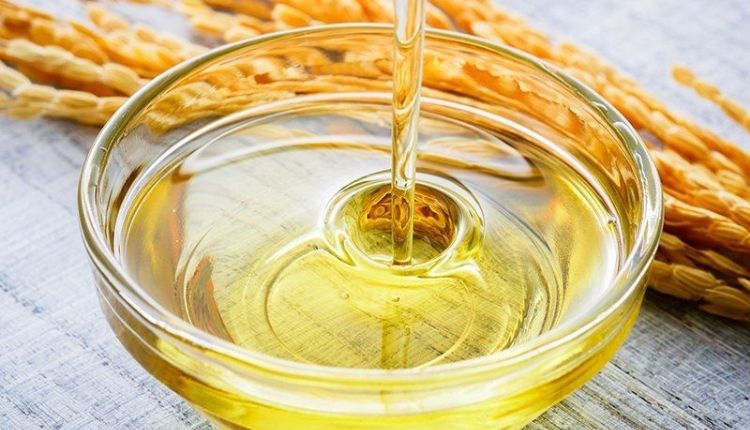
According to a study published in the Journal of Nutritional Biochemistry, consumption of ‘rice bran oil’ reduced blood sugar by 30 percent in patients with type-2 diabetes. It is also known to strengthen the body’s immune system, prevent premature ageing like several skin disorders and slow down the symptoms of neuro-degenerative diseases associated with ageing. Consumption of this oil is also beneficial in menopausal problems.
Medicinal properties
Rice bran oil contains anti-cancer antioxidant Tocotrienols which controls the growth of cancer-forming cells in breast, lung, ovary, liver, brain and pancreas. It also has the property of removing dark circles formed under the eyes. It also reduces the side effects of radioactive radiation. This edible oil is also beneficial in killing harmful bacteria that grow in the mouth, preventing cavity between the teeth, reducing inflammation and bad breath in the gums and strengthening the gums.
Brown rice bran has a very thin layer of rice bran oil. This is its most nutritious part, as it is rich in vitamin-E and minerals. It does not contain carbohydrates, fibre, sugar, sodium and protein. Rice bran oil has a low viscosity, so food cooked in it feels less oily. This oil helps in retaining moisture in the skin. That is why it is also used in cosmetics for moisturizing.
Paddy bran oil is found in its inner walls. It acts as a germ-protective shield for rice. Its taste is similar to the mild flavour of peanut oil or walnuts. This oil becomes almost tasteless when heated. Its color varies from brown to golden brown. Its smoke point i.e. the temperature of its self-burning smoke is also very high i.e. 232 degree celsius. That’s why the risk of this oil burning on its own while frying the dishes is less. For this reason, rice bran oil is also added to many brands of mustard oil in India.
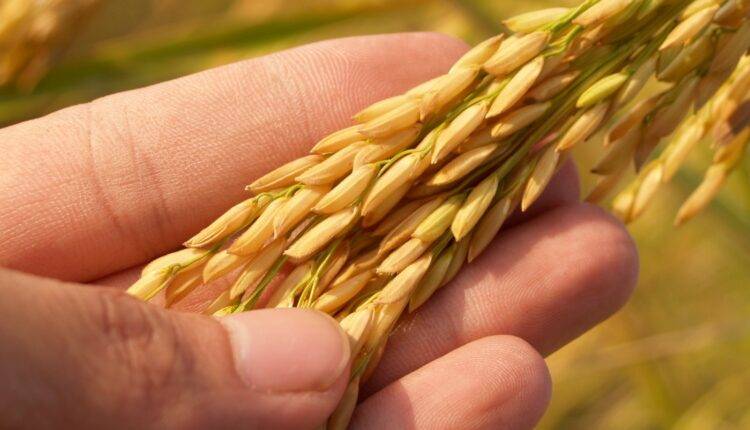
‘Rice Bran Oil’ Vs Olive Oil
The amount of Vitamin-E is very high in ‘Rice Bran Oil’ as compared to Olive Oil. ‘Rice bran oil’ is rich in ‘original’, which reduces cholesterol and heart diseases and inflammatory problems, whereas it is not in olive oil. ‘Rice bran oil’ does not spoil for a long time, whereas olive oil is the most delicate of all edible oils and spoils quickly.
How to extract ‘Rice Bron Oil’?
A chemical solvent process or direct crushing of paddy straw is used to extract oil from paddy husk. Relatively less rice bran oil is obtained by direct crushing of straw. That is why a chemical solvent hot process is adopted for large scale production of ‘rice bran oil’. It gives more and pure edible oil as compared to direct crushing.
The process of extracting oil from rice bran takes place in three stages. First the paddy husk is sorted. Then it is heated by steam to a temperature not higher than 100 degrees Celsius. Due to this, the molecules of ‘Oil’ get softened and separated from the husk of the paddy and get it in the form of oil. It is also called ‘chemical method’, while the process of directly crushing paddy straw is called ‘mechanical method’.
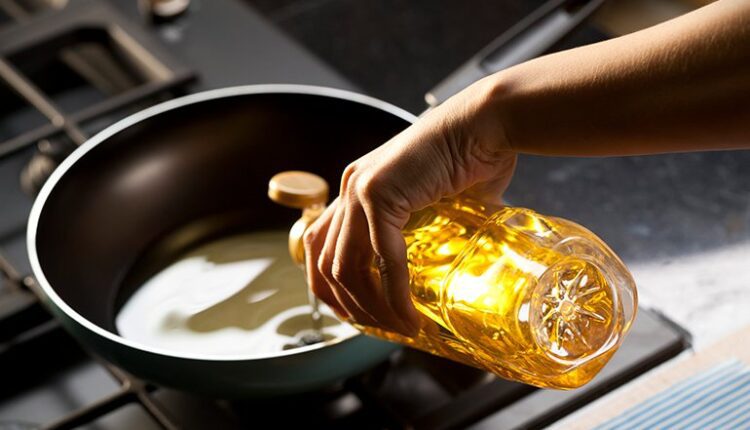
Government Policy for ‘Rice Bran Oil’
To promote ‘Rice Bran Oil’, the Food and Supplies Department of the Central Government has e-launched the fortified Bran Rice Oil of NAFED (National Agricultural Cooperative Marketing Federation Limited). Through this, high quality fortified oil will be marketed at all NAFED stores and various online platforms. An agreement has also been signed between NAFED and FCI (Food Corporation of India) keeping in view the marketing needs of ‘Rice Bran Oil’. Under this, NAFED will take up the responsibility of providing market for ‘Rice Bran Oil’ produced by rice mills affiliated to FCI.
Also Read: Vermicompost Business Plan changed Kanika’s Life, a woman farmer from Assam
Along with this, the government directed the regional offices of FCI (Food Corporation of India) to organize such workshops with the rice mill owners associated with them, so that strategy can be made and their technical requirements related to the production of ‘oil’ can be assessed and met. The government also asked to collect details of the number of rice mills, their milling capacity, quantity of paddy straw, quantity of husk being sent for cattle feed and quantity of husk being sent for production of ‘Oil’ . So that how much capacity needs to be increased for the production of ‘Rice Bran Oil’, it can be assessed.
Despite all the efforts in India, oilseeds production is not improving enough so that we can become self-sufficient in the consumption of edible oils. However, India is one of the largest producers of oilseeds in the world. Yet to meet the domestic demand, at present, we have to import edible oil worth 65 to 70 thousand crore rupees annually. This makes India the largest importer of edible oils. The government is trying to promote use of ‘rice bran oil’ instead of palm oil as edible oil, so that foreign exchange can be saved by reducing the import of palm oil. It is expected that the above government initiatives will also give a boost to indigenous oil producers and reduce the country’s dependence on imported edible oils.
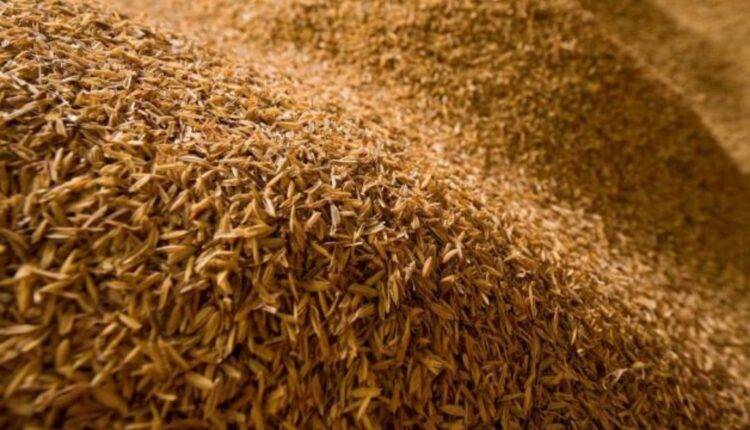
Production of ‘Rice Bran Oil’ in the country
The production of ‘Rice Bran Oil’ in the country is continuously improving. According to the government figures, it was 9.2 lakh tonnes in the year 2014-15, then it increased to 9.9 lakh tonnes in 2015-16 and 10.31 lakh tonnes in 2016-17. The Central Government has urged the major rice producing states and Union Territories to increase the capacity of rice mills located in their areas with an aim to increase the existing 11 lakh tonnes of Oil to 18 lakh tonnes at the earliest. In this regard, states like Telangana, Madhya Pradesh, Uttar Pradesh and Punjab have agreed to set up additional ‘Oil Solvent Extraction Plants’.
Contact Details – If farmers want to share any valuable information or experiences related to farming, they can connect with us via phone or whatsapp at 9599273766 or you can write to us at “[email protected]”. Through Kisan of India, we will convey your message to the people, because we believe that if the farmers are advanced then the country is happy.



